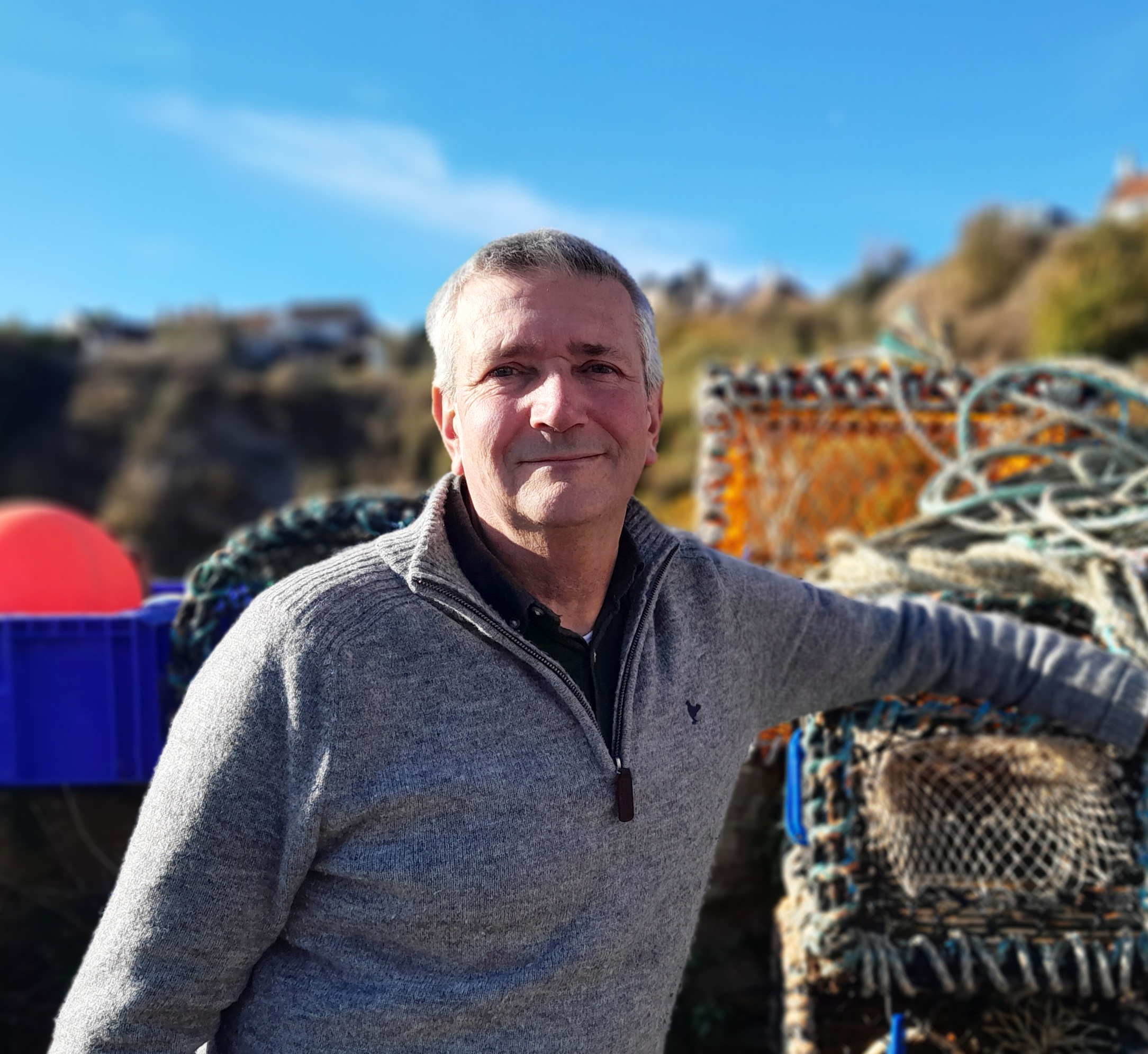Affiliation: The University of St. Andrews

Professor Tom Dawson is an archaeologist in the School of History at Scotland’s oldest university, St. Andrews. Since 2000, he has managed archaeological projects at the coast, developing innovative ways to record heritage threatened by erosion. Close cooperation with local volunteer groups and members of the public has been key to this work. Tom is one of the Joukowsky lecturers for the AIA’s 2023-2024 National Lecture Program.
For over two decades, SCAPE and the University of St Andrews have worked with coastal communities to record heritage at risk from the sea. Our collaborative projects have explored different types of action; and this lecture will focus on five projects, showing how Scottish community groups were able to save something of their important local heritage.
In Shetland, a massive stone structure was uncovered during a storm. By simply cleaning the eroding coast edge and taking samples from the exposed archaeological layers, the history of this Iron Age building was revealed. In Orkney, a mound of fire-cracked rocks and Bronze Age stone walls was uncovered on a beach. The community wished to save the structures, and while relocating the stonework to their island Heritage Centre, made some surprising discoveries. In the Outer Hebrides, we worked with an island community to excavate an Iron Age wheelhouse, a large stone roundhouse with many secrets buried beneath its floor. A Highland community used historical records to show that eroding stone walls in the dunes were associated with sixteenth century salt making. After the site was washed away, they preserved its memory at the Heritage Centre by reconstructing a saltpan to show visitors the process of converting seawater to salt. And an east coast community recorded a treasure trove of Pictish artwork carved onto local cave walls. Using traditional techniques and the latest digital technology, they’ve made the mystery and majesty of the ancient caves accessible to all.
Over the centuries, Scotland’s coastal industries have enjoyed great success. However, periods of profit were often followed by sharp decline. This lecture will discuss three key Scottish industries, seaweed processing, salt production and fishing. It will show the influence they had on the people and landscape and will explain what brought about their demise.
In the eighteenth-century, seaweed was burned to produce chemicals used in the manufacture of glass, soap, and other products. This led to a boom in seaweed gathering, with smoking fires visible up and down the coast. We will explore the archaeological and pictorial evidence for this once booming industry and explain why it came to a sudden halt.
For centuries, people have boiled seawater to produce salt, and there was a huge expansion of the industry in Scotland after the introduction of large metal pans. We will use our excavations at Brora in the Highlands to explore the development of the Scottish salt industry and explain the perilous nature of such enterprises.
Closely allied to salt was the fishing industry, and salt-cured herring opened new markets that led to the construction of small harbours and innovations in sailing boat design. But by the end of the First World War, the industry had suffered a catastrophic decline. We will use evidence from our surveys of Scotland’s boat graveyards to reveal clues that show why small villages up and down the coast lost their fishing fleets.
With hundreds of offshore islands and a numerous bays and inlets, the Scottish coastline is one of the longest in Europe. The people of Scotland have traditionally favoured living near the sea, as the coast provided resources gathered from the shore while the water offered a transport route, easier to navigate than the mountainous hinterland. Today, the everyday lives of Scotland’s past inhabitants are revealed in thousands of archaeological sites. From the shell mounds of the first settlers to the great ship building dockyards of recent times, the entire history of Scotland can be traced at the coast edge. This lecture will take you on a tour from north to south, east to west. Drawing upon two decades of fieldwork, this talk will visit sites from every period. Amongst other places, you’ll explore the magnificent Neolithic village of Skara Brae, enigmatic Bronze Age burnt mounds, majestic Iron Age stone towers, Pictish symbols carved into stone, a French fort built on England’s border, post-Medieval industrial sites and lines of defences constructed to protect Scotland from Hitler’s anticipated invasion.